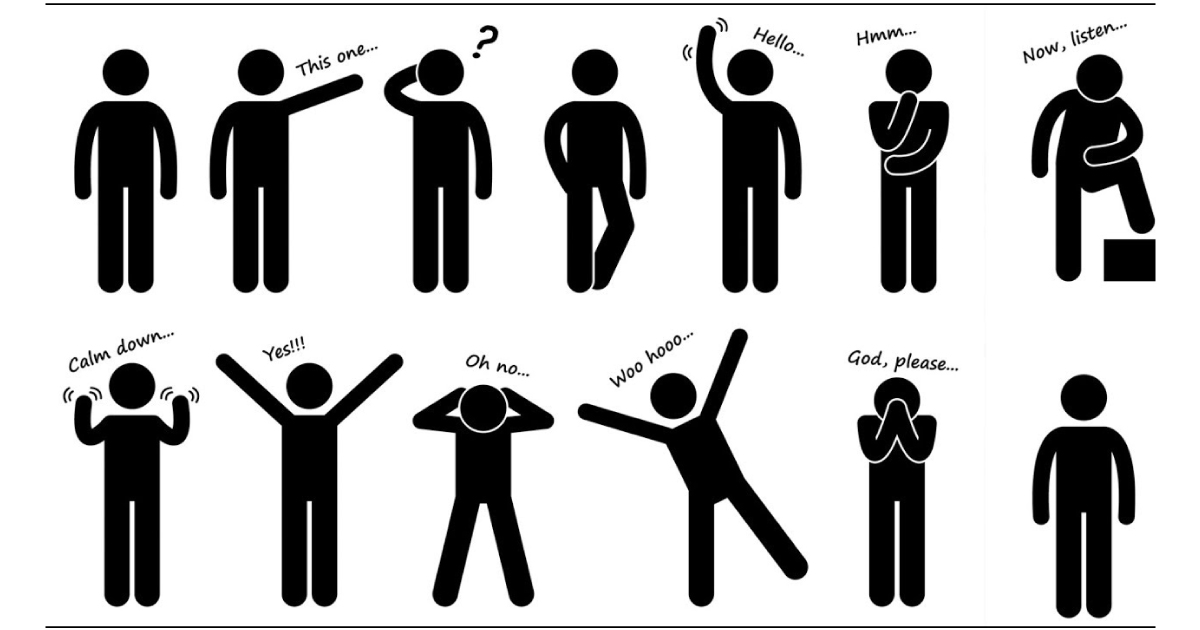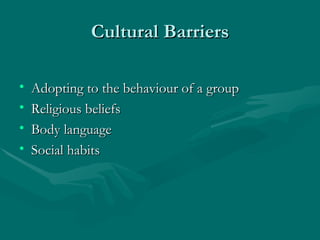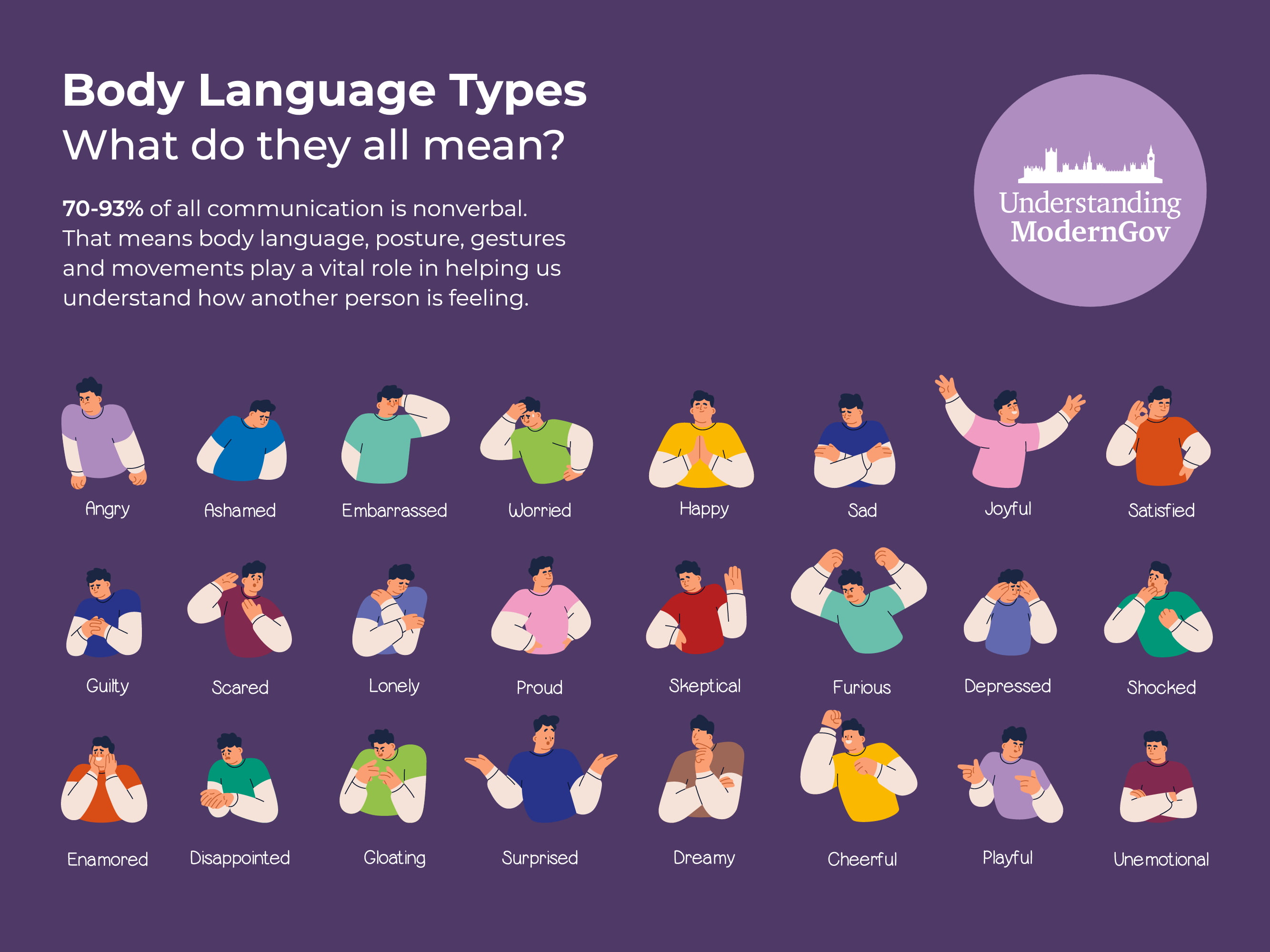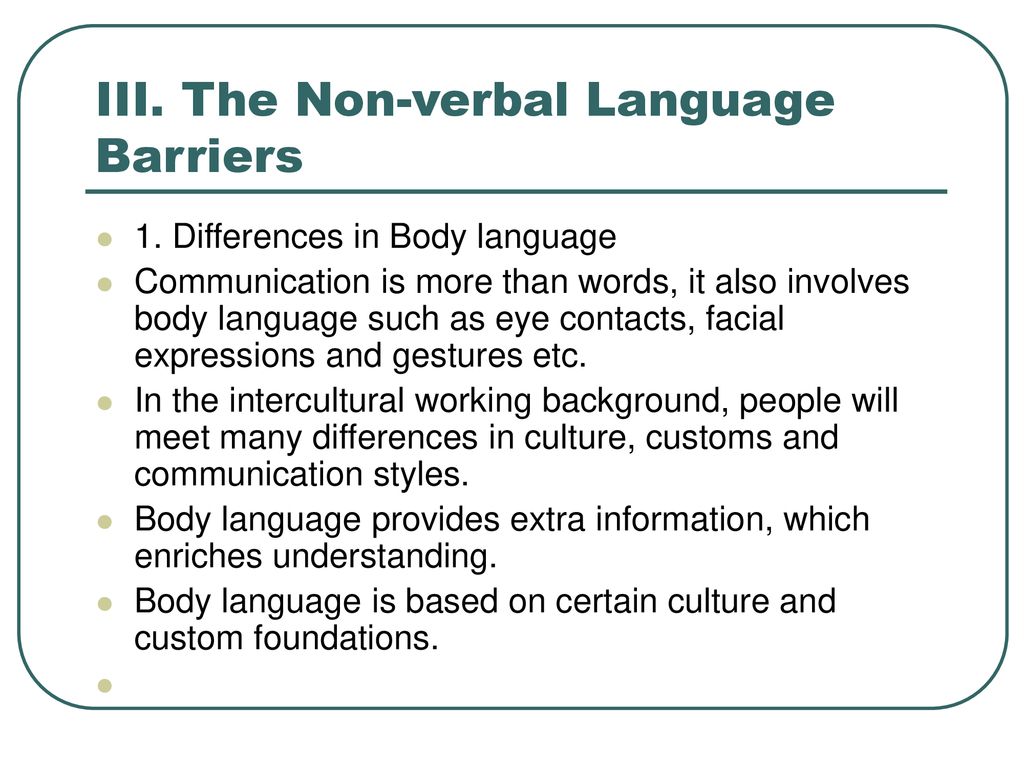Cultural understanding is an essential aspect of communication, as it allows individuals to effectively interact and connect with others from different backgrounds. However, achieving cultural understanding can often be challenging due to various barriers, including differences in body language.
Body language refers to nonverbal forms of communication, such as facial expressions, gestures, and posture. It is an important aspect of communication, as it can convey a range of emotions and intentions. However, body language can vary significantly across cultures, leading to misunderstandings and barriers to cultural understanding.
One key barrier to cultural understanding is the lack of awareness of cultural differences in body language. For example, a smile may be a universal expression of happiness, but other facial expressions, such as the eyebrow flash or the head nod, may have different meanings in different cultures. Without an understanding of these cultural differences, individuals may misinterpret the intentions or emotions of others, leading to misunderstandings and misunderstandings.
Another barrier to cultural understanding is the tendency to rely on one's own cultural norms and expectations when interpreting body language. For instance, in some cultures, direct eye contact is seen as a sign of honesty and respect, while in others it is considered rude or aggressive. Without an awareness of these cultural differences, individuals may inadvertently offend or alienate others through their body language.
Furthermore, cultural differences in body language can also lead to misunderstandings in professional settings, such as in the workplace or in business meetings. For example, in some cultures, it is common to maintain a strong, confident posture and make direct eye contact during a presentation or negotiation, while in others, it is more appropriate to adopt a more modest or deferential posture. Without an understanding of these cultural differences, individuals may come across as rude, aggressive, or lacking in confidence, leading to misunderstandings and difficulties in communication.
To overcome these barriers to cultural understanding, it is important for individuals to be aware of and sensitive to cultural differences in body language. This may involve researching and learning about the body language norms of other cultures, as well as seeking feedback and clarification when there is a misunderstanding. By taking these steps, individuals can improve their ability to effectively communicate and connect with others from different cultural backgrounds.
In conclusion, cultural understanding is essential for effective communication, but it can be challenging due to differences in body language. To overcome these barriers, it is important for individuals to be aware of and sensitive to cultural differences in body language, and to seek feedback and clarification when necessary. By doing so, they can improve their ability to effectively communicate and connect with others from different cultural backgrounds.








